In precision oral care devices, especially water flossers, motor burnout and nozzle clogging are often viewed as separate failures. However, are they connected? Could motor degradation indirectly trigger nozzle blockages, reducing device performance? Understanding this hidden link is critical for manufacturers aiming to enhance product reliability.
At the core of every water flosser lies a high-speed motor, responsible for generating consistent water pulses. Motor burnout typically results from:
When burnout occurs, torque and rotation speed drop, leading to reduced pumping capacity—a precursor to potential nozzle issues.
As motor output weakens, water flow becomes inconsistent or insufficient to flush out micro-debris. This stagnant water in the system creates ideal conditions for:
Consequently, the nozzle clogging problem worsens progressively if the motor’s declining performance goes unnoticed. Company web: https://www.powsmart.com/product/electric-toothbrush/
From a technical perspective, several design flaws can exacerbate this failure chain:
Manufacturers who ignore these factors risk seeing their products suffer simultaneous motor burnout and nozzle clogging issues.
To effectively break the failure link between motor burnout and nozzle clogging, manufacturers should:
These measures not only extend motor life but also proactively reduce clogging risk.
Apart from design optimization, manufacturers can encourage proper maintenance:
Proactive consumer education ensures technology solutions translate to real-world reliability.
In conclusion, motor burnout can indirectly cause or exacerbate nozzle clogging, affecting water flosser performance. By addressing motor durability, optimizing internal fluid paths, and reinforcing user maintenance awareness, manufacturers can eliminate this dual failure risk.
For OEM/ODM brands seeking water flosser reliability breakthroughs, focusing on motor integrity and nozzle design simultaneously offers the path forward. Contact us today for customized engineering support and design consultation.Contact us
.jpg)
.jpg)
Cleaning Residue Plus Bristle Hardening – Double Trouble?
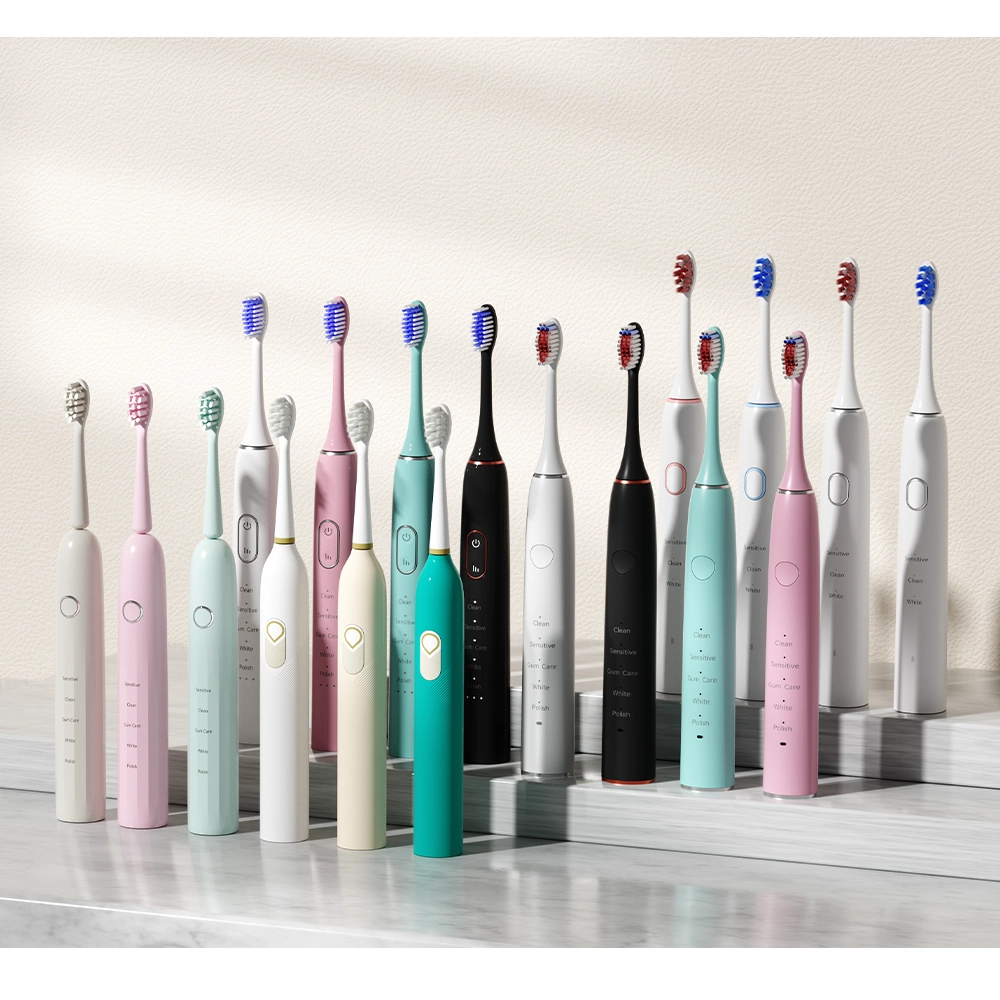
Is Electric Toothbrushes Business Worth Investing?
Electric Toothbrush Houston – Advanced Oral Care for Bright Smiles
Mode Confusion Worsening Runtime Shortening – Fixable?
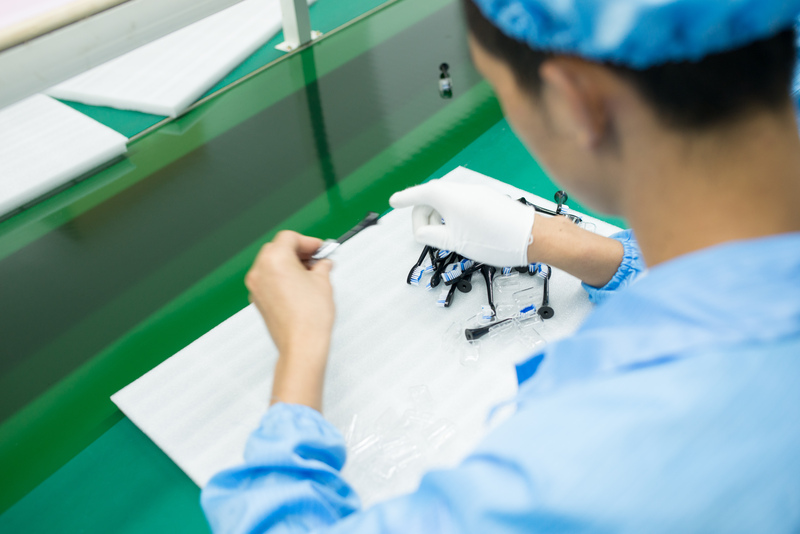
The importance of the roundness of toothbrush bristles
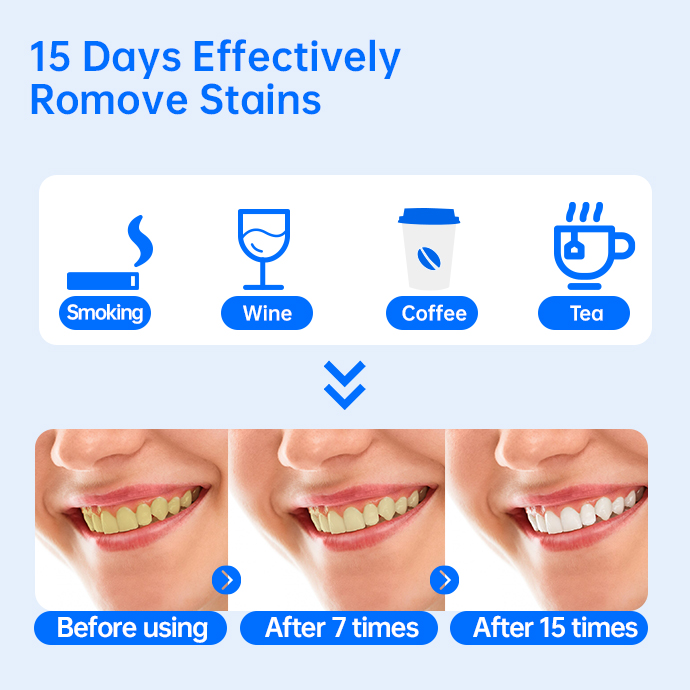
Need Emergency Dentistry? How Kirkland dental clinics Handle Urgent Cases

Sonic Electric Toothbrushes: A Key to Long-Term Dental Health

Quality vs Price in Electric Toothbrush Manufacturing – OEM Guide for Brand Owners
Electric Toothbrush Reseller Program Wholesale | Global Distributor Partner
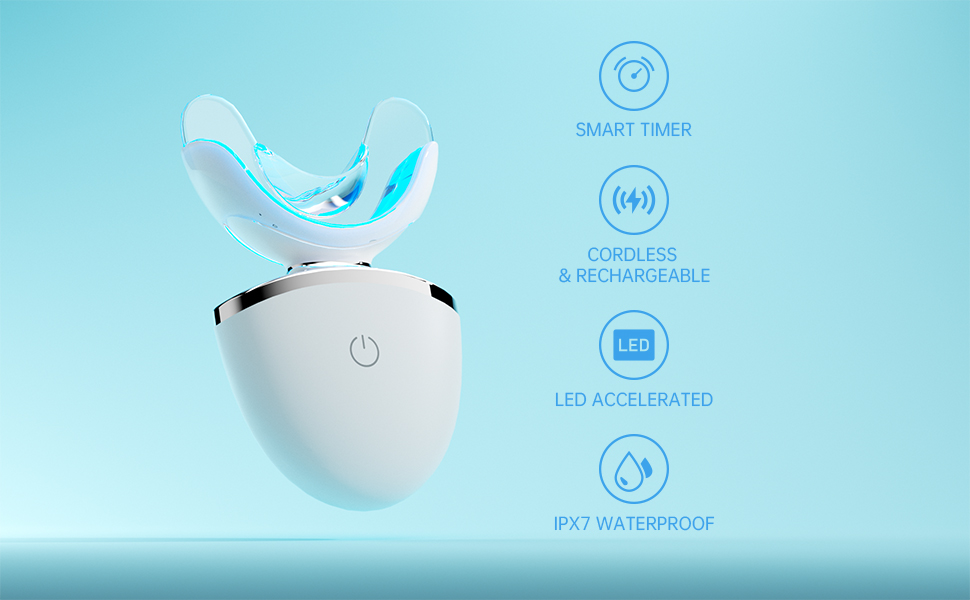
Do the LED Lights Actually Whiten Teeth? A Fact-Based Analysis for OEM Brands
Can Chemical Burns from Whitening Kits Cause Crown Discoloration?
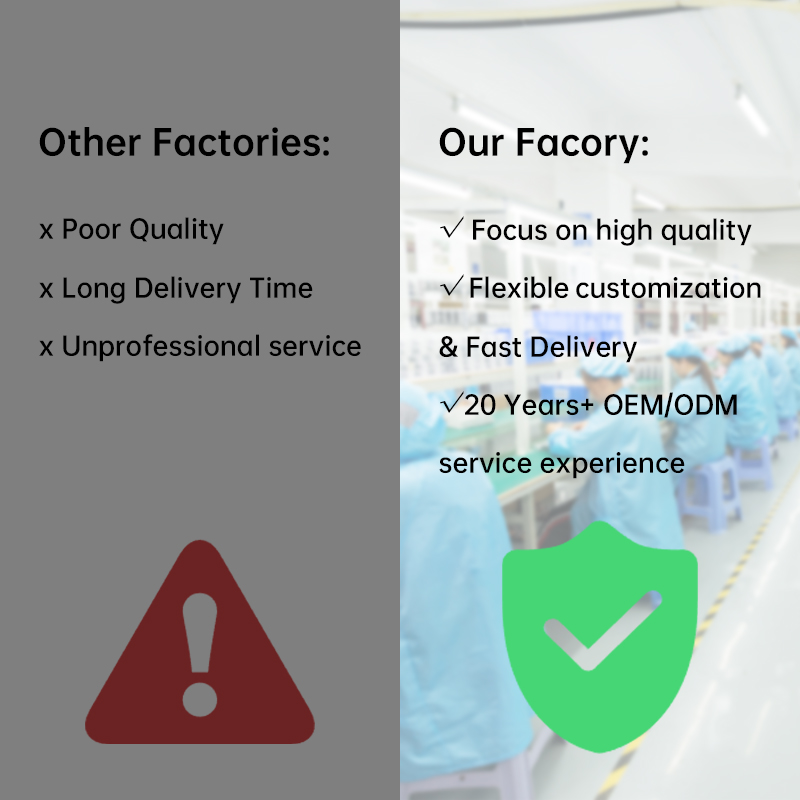
If Resetting an Electric Toothbrush Can Solve Malfunction Problems

Electric toothbrush vs manual toothbrush: scientifically proven superiority

Explaining the Teeth Whitening Device and How to Use It
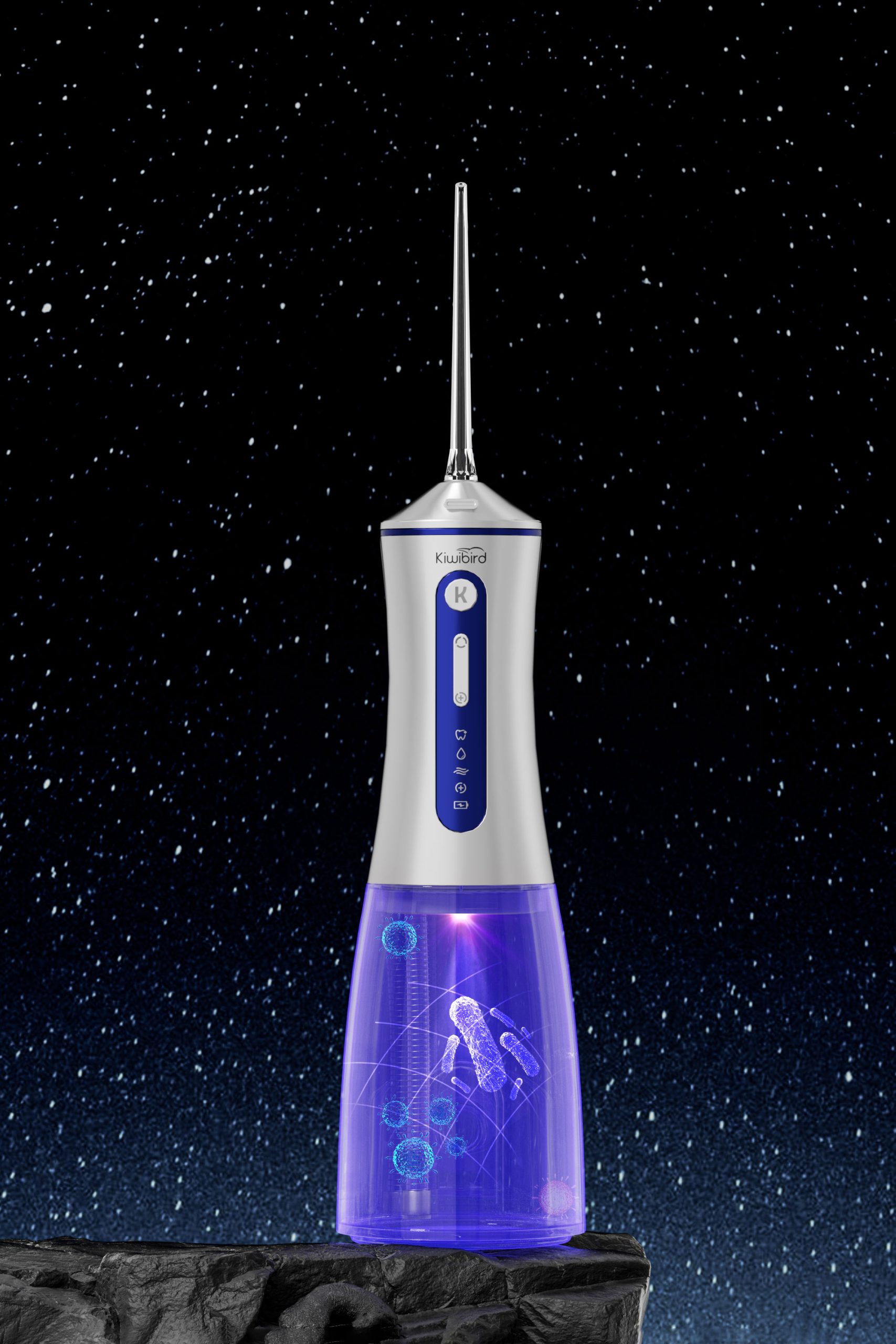
How to Deal with Mildew on Your Water Flosser: A Complete Guide
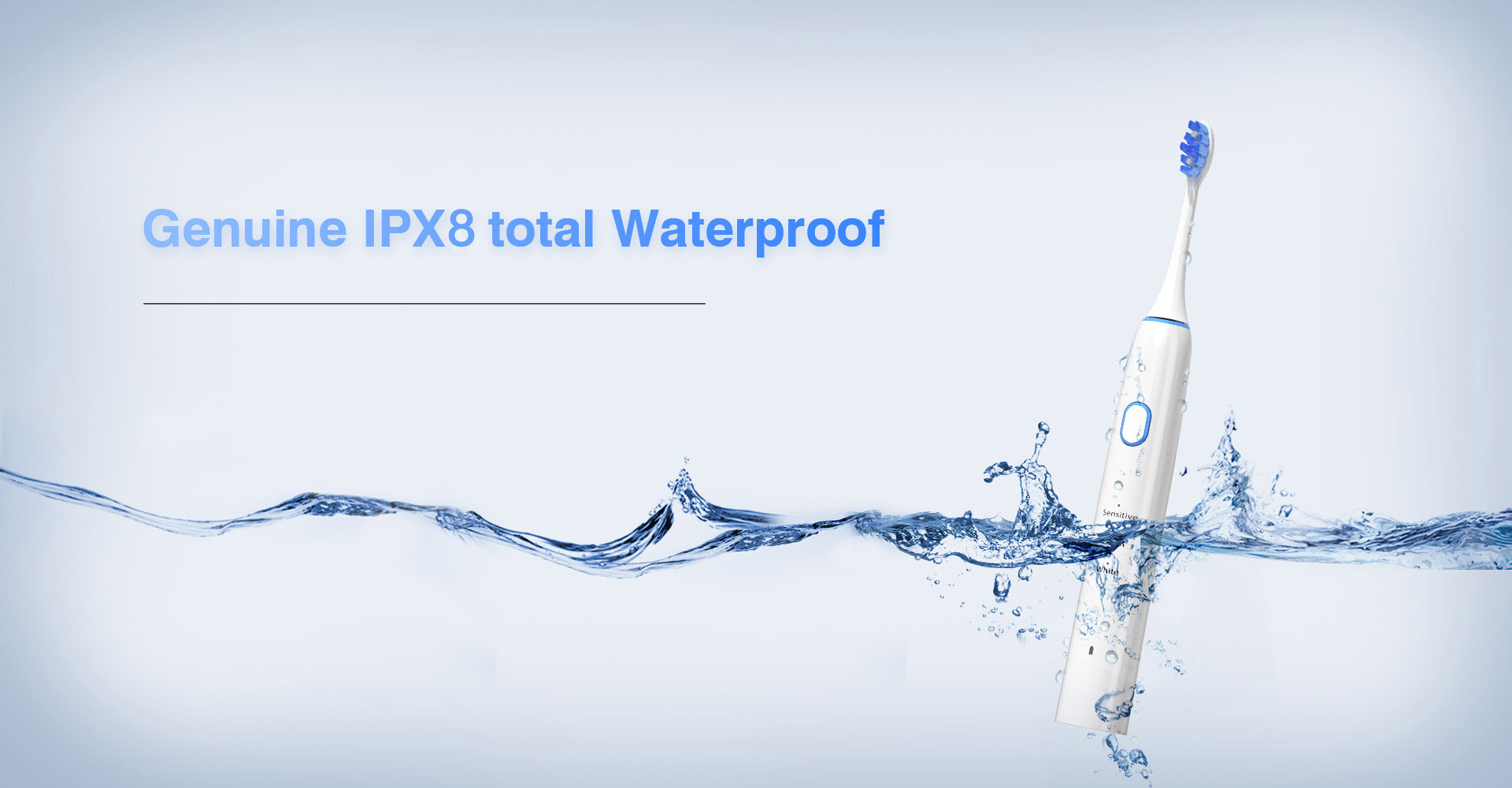
Electric toothbrushes vs. other oral care tools

electric toothbrush heads Ultra Soft

Private Label Whitening Gel
.jpg)
Florida Electric Toothbrush – Powsmart PTR-C8

electric toothbrush heads Deep Clean

Electric toothbrush heads Charcoal Infused-Diamond

electric toothbrush heads Regular Clean

electric toothbrush heads Charcoal Infuse-Round

Customization Teeth Whitening Gel
whstapp
whstapp
National Toll-Free Service Hotline
+86 755 86238638